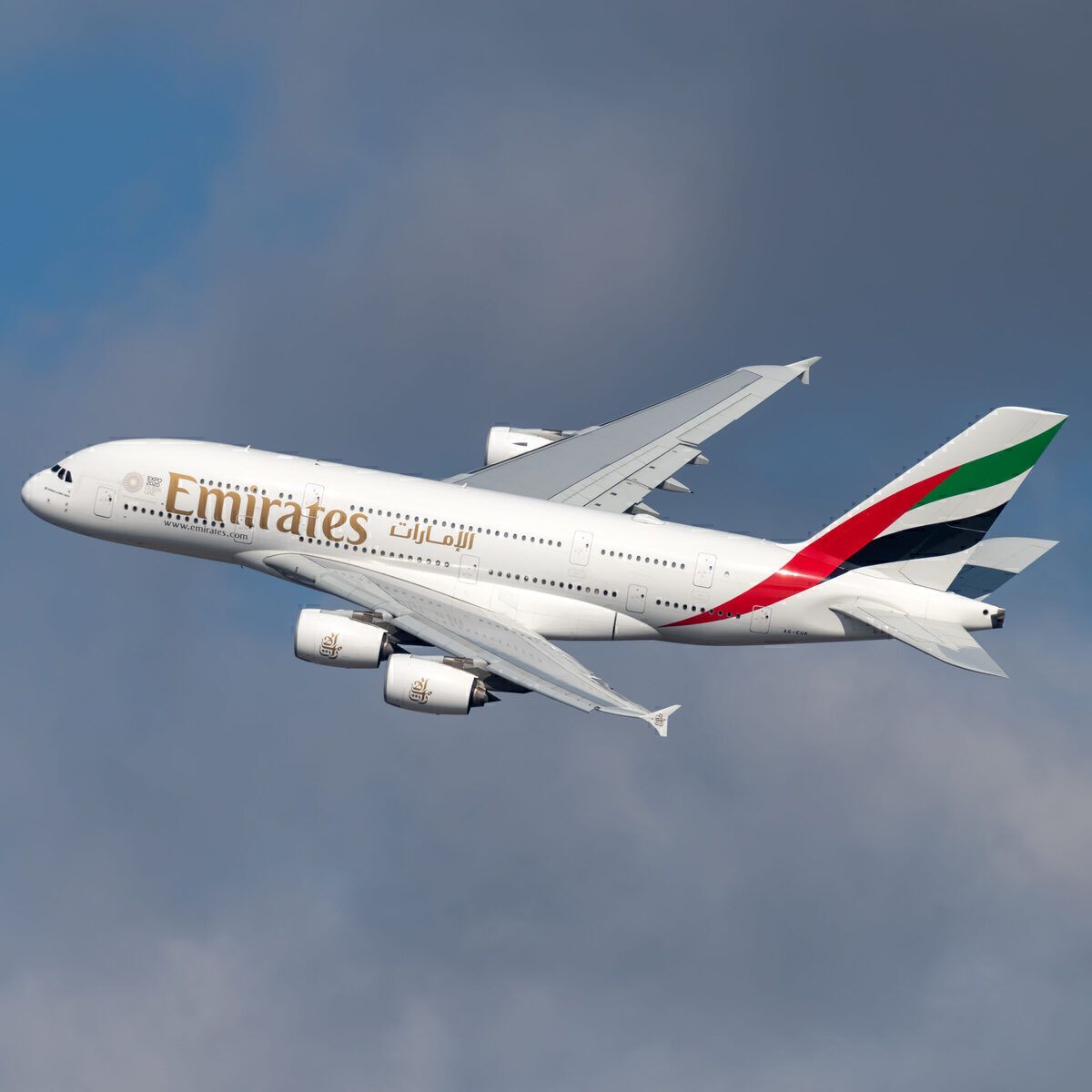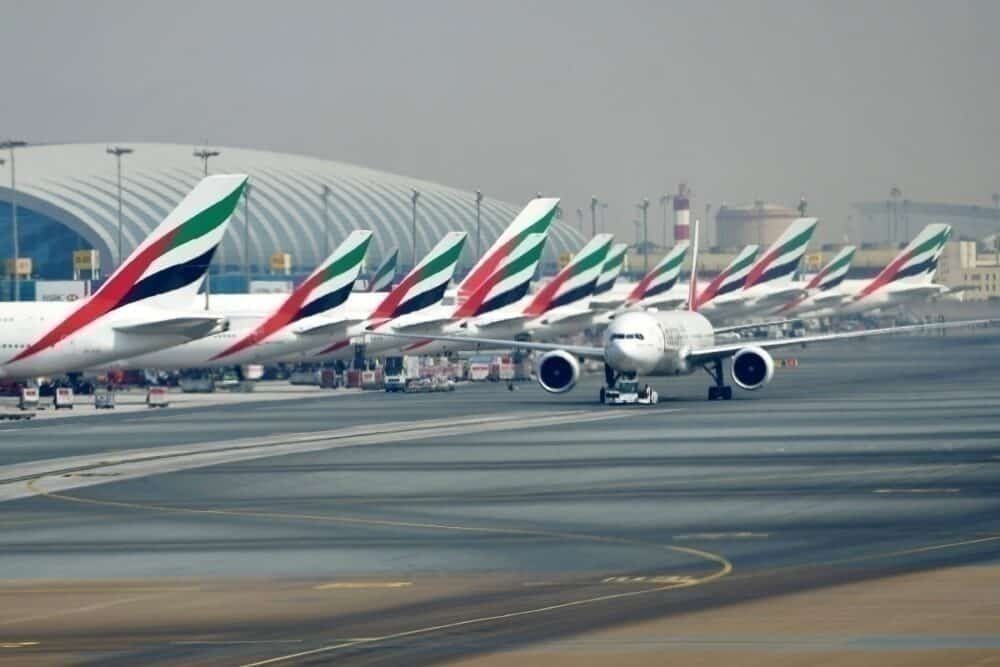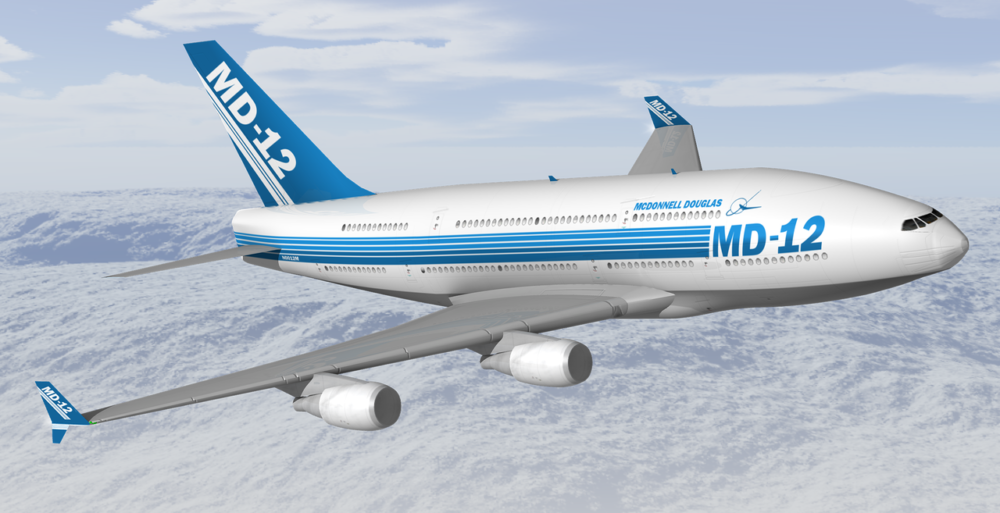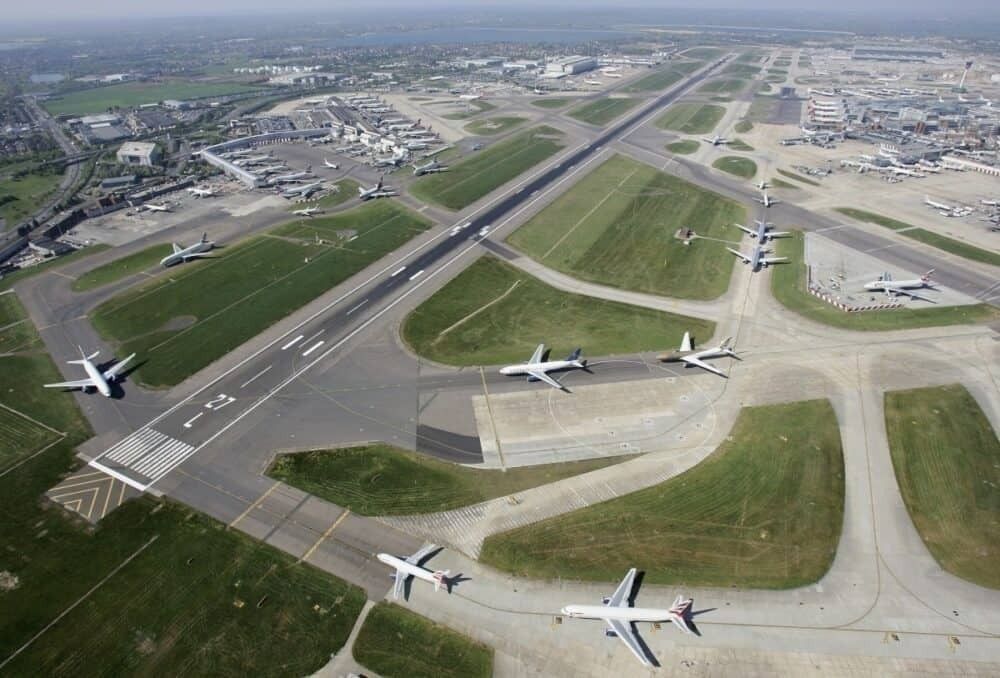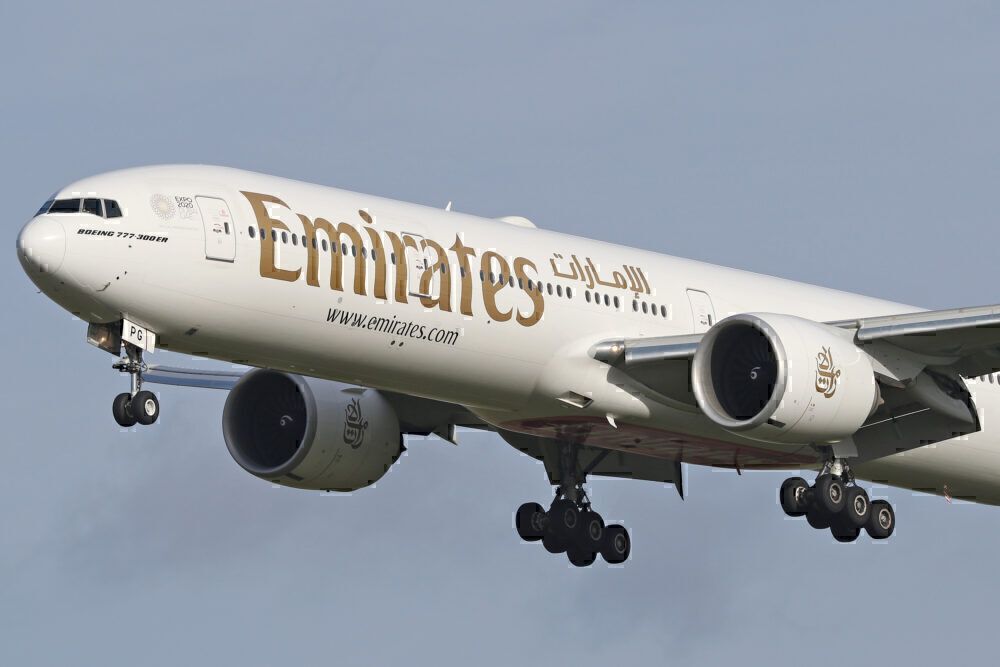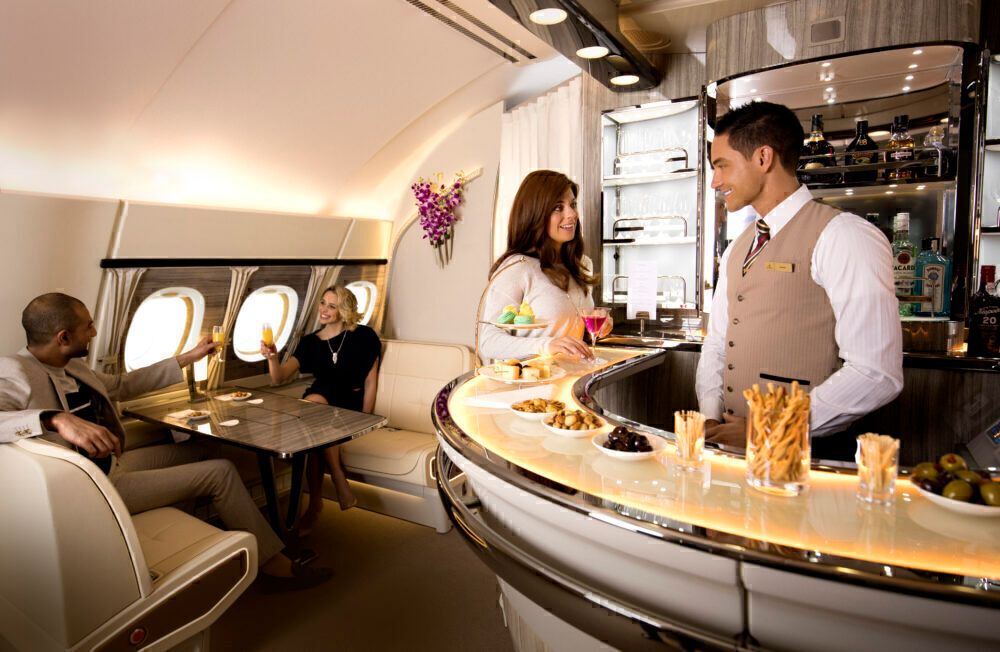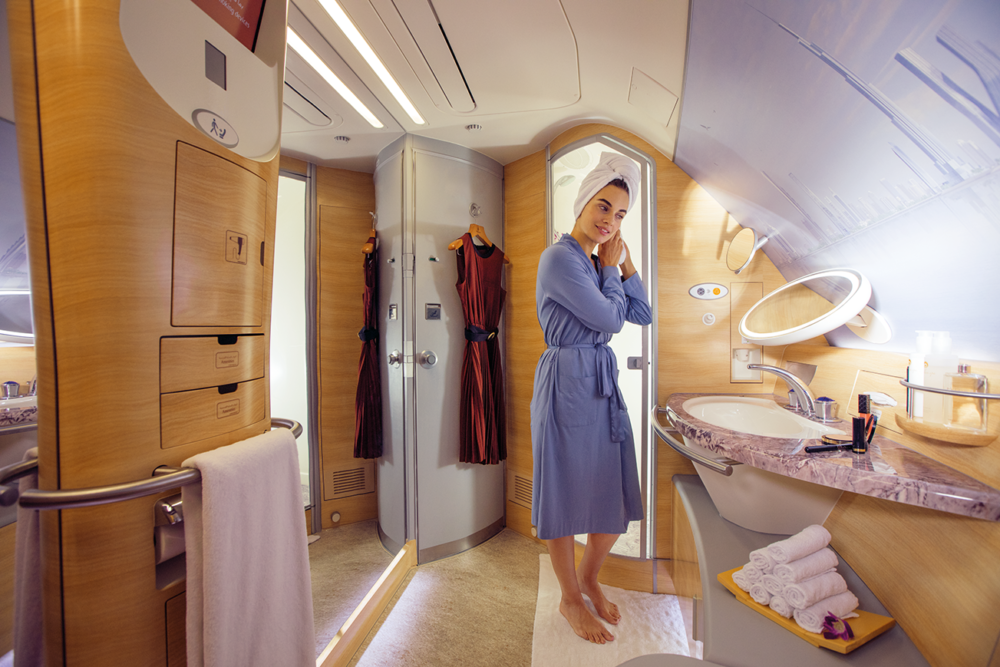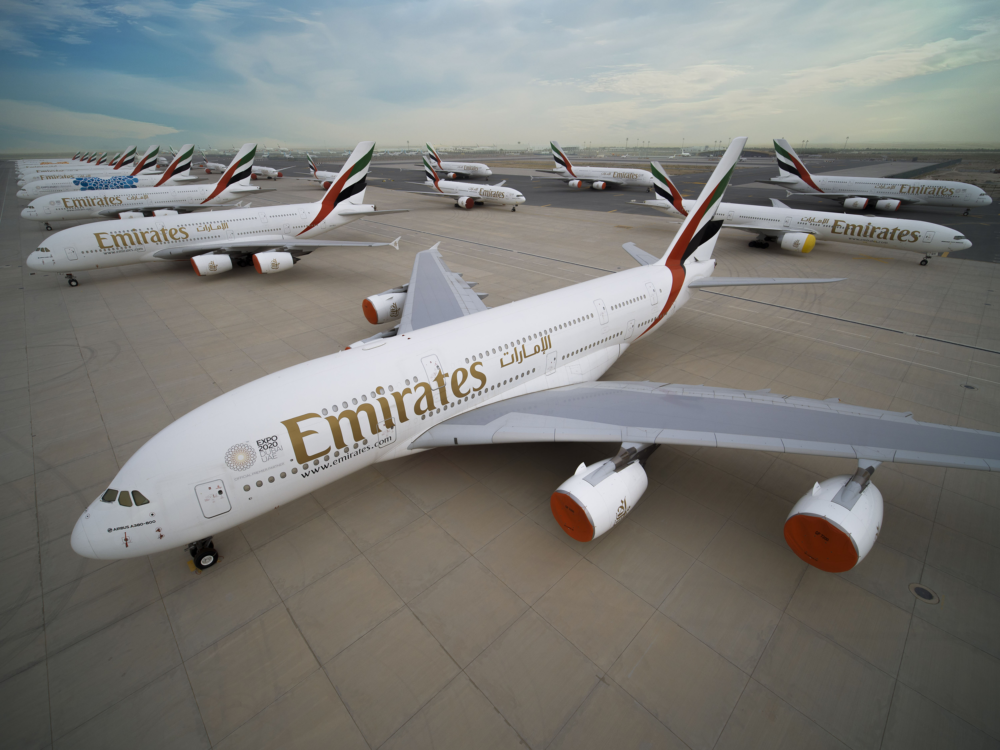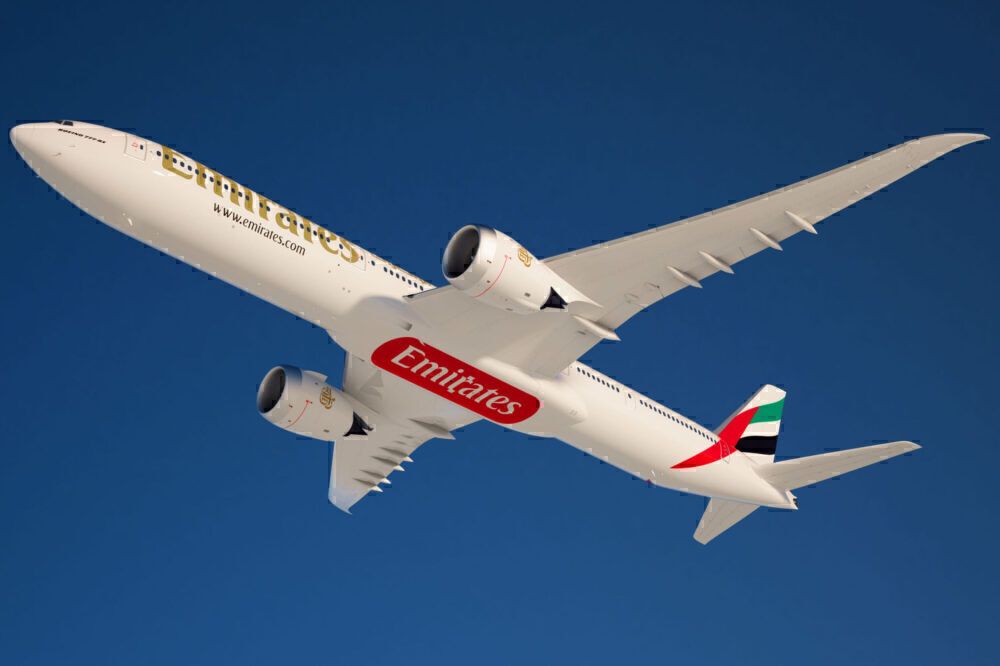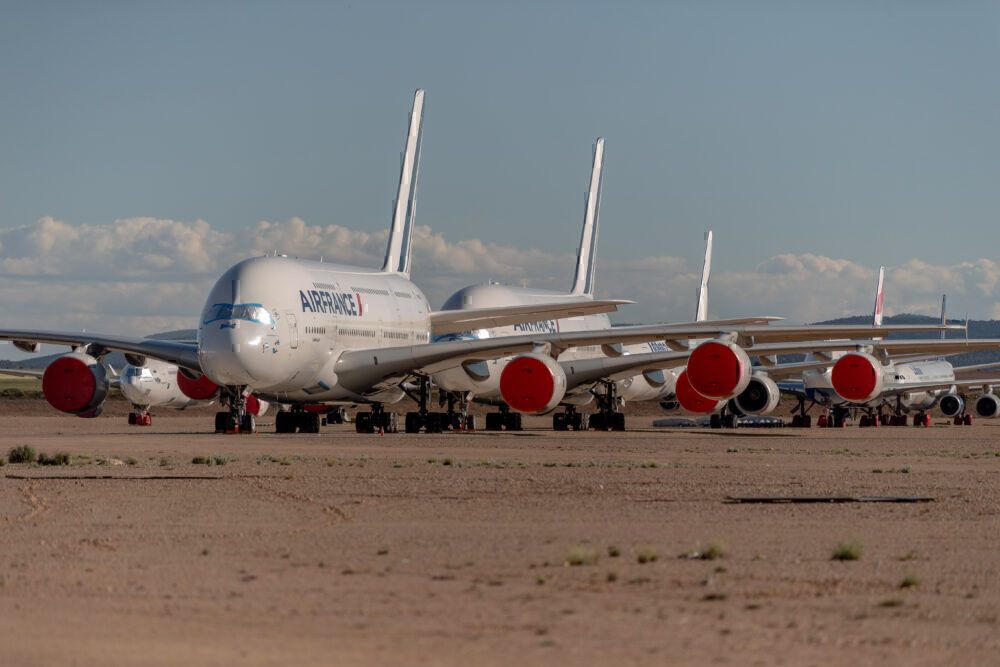The A380 is a great aircraft and milestone achievement in aviation. It has not worked out as well as expected, though, with production coming to an end and several airlines retiring fleets early. Emirates, however, is different. It operates almost half of all A380s and has made it work where other airlines have struggled.
Going large with the A380
Only 14 airlines have ever ordered the A380. Emirates tops the list by a long way, with a total of 123 aircraft. To put this into context, second-placed Singapore Airlines ordered 24 aircraft, and third-placed Lufthansa only 14.
Bringing in the A380 marked a new strategy for Emirates; it has operated just two large widebody aircraft types since 2016. This was not always the case - it has operated several aircraft types over the years (including the A300, A310, A330, A340, other 777 types, Boeing 727s, and one 737). And it will change again in the future with the Airbus A350, Boeing 777X, and 787.
Working for Emirates, but not for others
The overall story of the A380 is a difficult one. Whilst it is generally agreed that it has not worked out as well as planned for Airbus and for many airlines, it has worked well for Emirates.
We have discussed the reasons for its downfall several times on Simple Flying. Some of this has affected all operators - most notably the rise in the ability of twin engines since the A380 was conceived. But many other factors that have been a problem for other airlines have not been for Emirates, including:
- The A380 was built for hub and spoke operations - as Emirates focusses on
- It suits large airports and is limited in operation at others
- Operating a large fleet makes a huge economic difference
Stay informed: Sign up for our daily and weekly aviation news digests!
Matching Emirates' hub strategy
The A380 was designed with hub and spoke operations in mind. Boeing had done well with the 747, with airlines introducing it on key routes and lowering cost per seat. Airbus conceived the A380 during the 1980s to take on Boeing in the high-capacity market but boldly decided to take it further.
Airbus was not alone in believing in the growth of the hub model and the need for larger aircraft. McDonnell Douglas proposed the two-deck MD-12, Lockheed Martin had plans for a Large Subsonic Transport aircraft, and even Boeing tried to launch a larger variant of the 747. None of these went on to construction, however.
Of course, we know now that this is not how the aviation market has moved. There has been a shift from many airlines to point-to-point operations, favoring lower capacity aircraft.
US airlines are a good example of this, with none ordering the A380. Growing Chinese airlines as well have followed this trend. Only China Southern has found a role for the A380 (operating it on busy routes to Los Angeles and domestically from Beijing to Guangzhou).
Emirates is an exception to this. It has grown rapidly as a hub-based carrier, offering significant east-west routes. With this, the A380 has thrived.
The A380 works at busy airports
The A380 was also envisioned for busy airports. It would help airlines get around capacity issues at slot-constrained airports and carry more passengers with the same number of flights.
Again, this has matched Emirates's business model well. It operates into many busy airports, scheduling A380 services on these routes - and able to fill them due to the hub model feeding in passengers from multiple other locations. London Heathrow, for example, was served by eight A380 flights a day at peak.
In contrast, its size has been a limitation in use for many airlines. Whilst it is perfect for busy routes and busy airports, airlines have had problems moving it to other services. Its size places it in the highest category, severely restricting the airports where it can operate.
Operating a large fleet
Many airlines choose to operate simplified fleets. This saves on operational and maintenance costs and helps aircraft and crew scheduling. Plus, larger orders could enable better purchase prices. We see many low-cost airlines doing this - Southwest Airlines with the Boeing 737 and easyJet with the A320, for example.
It is less common with full-service airlines - and especially with widebodies. But Emirates has done this with the A380. It makes up around half its fleet, giving advantages with costs and operations that no other operator of the type has.
CEO Tim Clark discussed this in comparison with Air France, in an interview with Airline Ratings:
“The A380 was a misfit for Air France. They never scaled; they only have ten aircraft. Yes, we faced the same teething problems, but we dealt with them because we were scaled enough to deal with it. If you’ve got a sub fleet of 10 it’s a bloody nightmare, and the costs go through the roof… But if you got a hundred of them, it’s a bit different. Your unit costs in operating with that number are a lot lower than having just ten.”
Space for luxury and facilities
And as a final success factor, consider how the A380 fits with Emirate's aim to offer a top-end, luxurious product. The A380 allows a great premium offering. Many airlines, of course, have taken advantage of this. For Emirates, the space allows a bar and lounge area and shower facilities for first class. The 777 (and the new 777X) still allow good business and first class seating (the 777 features the latest first class suite), but there is less space for extras.
A larger aircraft also allows more premium seating to be installed. This again has remained a focus for Emirates. We took a detailed look at the decline of first class (well before the pandemic) and noted how Emirates was the exception to this. In 2018, it offered around 310,000 first class seats. In 2019 this had grown to more than 600,000.
The decline of the A380
The story would not be complete, though, without a quick look at the future of the A380. While Emirates has made it work so far, and it won't rush to remove it from service, its long-term plans are different. With growing retirements too, it won't be long before it becomes a rare sight in some skies.
Emirates fleet plans
Emirates has no immediate plans to retire the A380. With such a large commitment to the type, it couldn't do this in any case. But in fact, the A380 remains a good fit for Emirates. Reduced passenger numbers have, of course, led to a decline in use. In March 2021, for example, 102 of its fleet of 117 are parked, compared to just one 777 aircraft (according to Airfleets.net data).
But as demand picks up, its hub model will enable it to feed passengers onto high-capacity routes - just likely with fewer flights per day. As of March 2021, it already plans to operate it to 18 cities by summer. And by the end of the year, the airline aims to return the whole fleet to service.
Looking further forward, Emirates will move to a more diverse fleet. It ordered 150 Boeing 777X aircraft in 2013 but later changed this to a mixed 777X and 787 order. It will also add the A350 and possibly the A330neo.
The A380 won't be going anywhere quickly, though - and new aircraft are still to be delivered. Although it has started to retire older aircraft, the fleet's average age is just 6.6 years. CEO Tim Clark may have commented that the A380 is now over, but it won’t leave its fleet anytime soon. It will take time for the 777X to replace it slowly.
End of production and retirement
A380 production will end in 2021, with Emirates' last aircraft now in testing. While Emirates may keep them in the until the mid-2030s, many other operators will not.
Retirements were planned before the pandemic, but the slowdown has expedited this. Air France announced early in the crisis that it would retire its A380 fleet. Simple Flying reported in September that Lufthansa is unlikely to return its A380 fleet to service. And doubt has been expressed about Etihad's A380s return to service.
It remains a difficult decision for airlines. There is a very limited second-hand market. Only Hi Fly has taken on one, and it recently announced it will be retired. Some airlines have used it for cargo during the pandemic, but it is not well designed for this (and the planned freighter version was dropped partly for this reason). High-capacity infrequent routes (such as pilgrimage routes) remain an option, albeit a limited one. If re-fitted as an all-economy, it could carry 853 passengers.
How many will return to service with other airlines remains to be seen. Those that do will suffer the same challenges as they did before the pandemic. Emirates most likely will continue to find a way to make it work.
Emirates has clearly made the A380 work where other airlines have struggled. And going forward, it will be increasingly alone in operating it. Feel free to discuss more about this critical part of Emirates' success in the comments.

